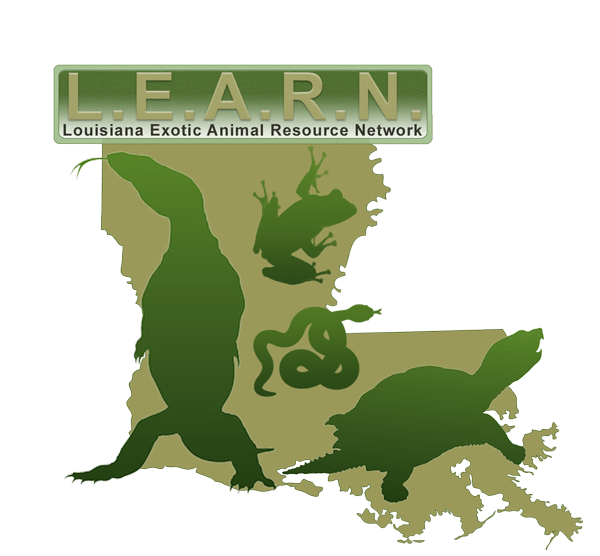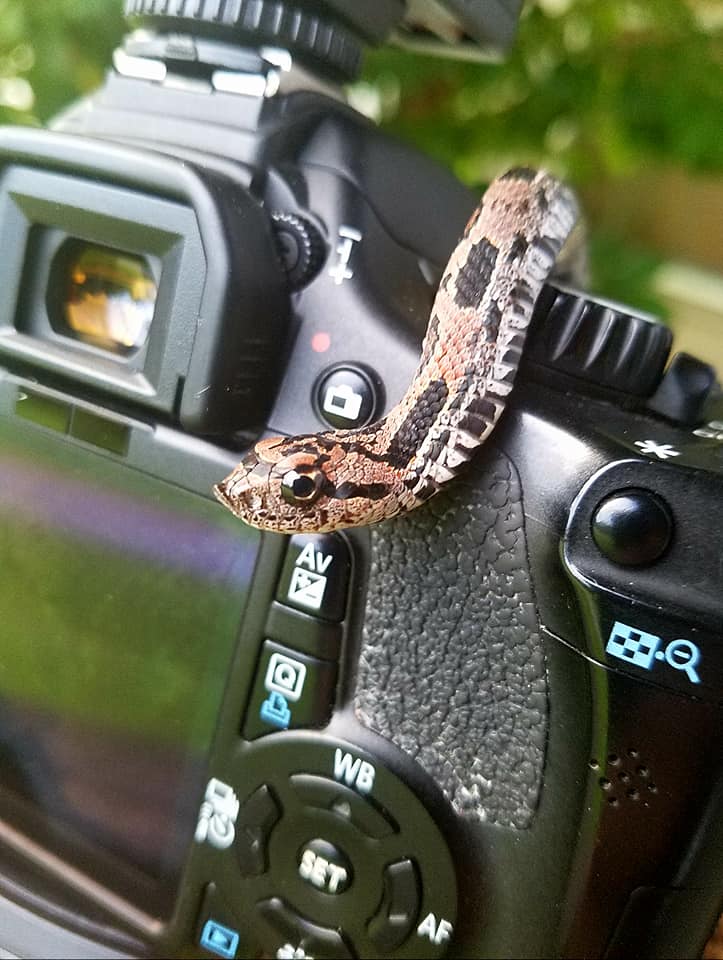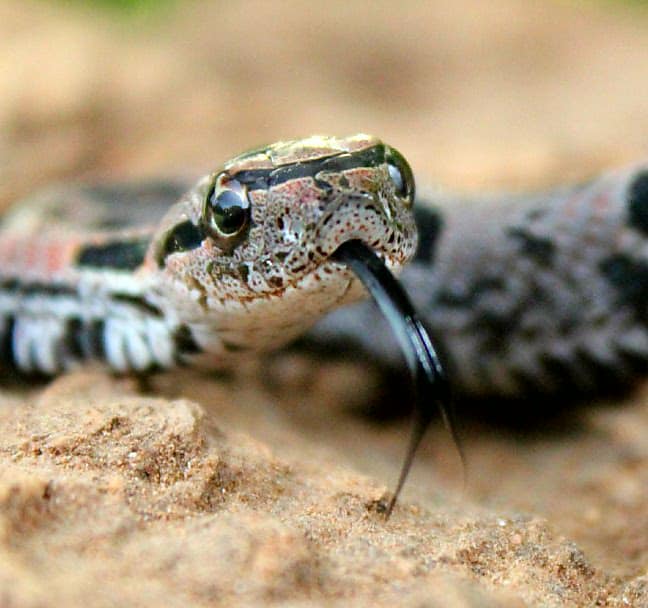Each living being has an impact on the environment, be it human, plant, or animal. All who breathe are a part of a delicate and intricate balance affecting all the organisms in the ecosystem. Humans, however, while technically a part of nature, tend to have a disruptive and artificial effect on that balance, whether intentionally or inadvertently. Because we live on this planet in such masses now, it behooves us to strive to mitigate this interference. Getting outdoors is good, but we should consider that even seemingly minor activities can have a significant impact when many people are doing the same thing. Looking for a lizard by removing the bark of one fallen tree may seem low-impact, but it doesn’t take many people doing so before the skinks in the area will have a challenging time finding shelter.
While something as fundamental as not littering would seem to go without saying, we have all seen refuse in otherwise pristine locales. In waterways, we often see copious amounts of discarded detritus. Wildlife rehabilitators are routinely called upon to disentangle animals from these items, many of which persist in the environment almost interminably. Resolve never to contribute to this issue and join in with community clean-up efforts when possible. Especially conscientious hikers even make a habit of tossing the refuse they encounter into their pack for carry-out, and they speak up if they see a litterbug (L.E.A.R.N. encourages politeness at such times).
When photographing herps and other wildlife, the best practice is to take photos of an animal in situ (in its original place). While it may not have a lasting effect on an animal to be caught for a wild selfie, you will almost certainly find that you will build a more impressive portfolio by learning to capture your images without disturbing your subject. Likewise, people are often tempted to bring wild herps home when they find them. This is understandable since many are quite endearing. While this is legal in some areas, and some people are capable of practicing adequate husbandry, these animals often live with sub-standard care until they expire or are finally released into an unfamiliar environment. If you “capture” those herps on film instead of in a bag, you can enjoy and share them indefinitely with no further impact or effort!
Those of us who value nature and want to spend time immersed in it should take pains not to be detrimental to it. We should be examples to others on how to responsibly appreciate all that our environment still has to offer. Preserving habitat is a lifelong job, but degrading it can happen very quickly. Let us be on our guard and commit to developing more good habits for cooperating with the natural world around us. Preserving biodiversity for future generations of people, plants, and animals does require consideration and effort, but it is worth it!


